The little-known history of snipers in WWII
World War II marked a significant evolution in the role of snipers on the battlefield. Snipers were not just sharpshooters but strategic assets who could change the course of engagements. Their ability to eliminate high-value targets from a distance made them indispensable.
As the war progressed, snipers were increasingly used for reconnaissance and intelligence gathering, proving their versatility and tactical importance. This shift in their role underscored the growing appreciation of precision in modern warfare.
Early Use of Snipers in Warfare
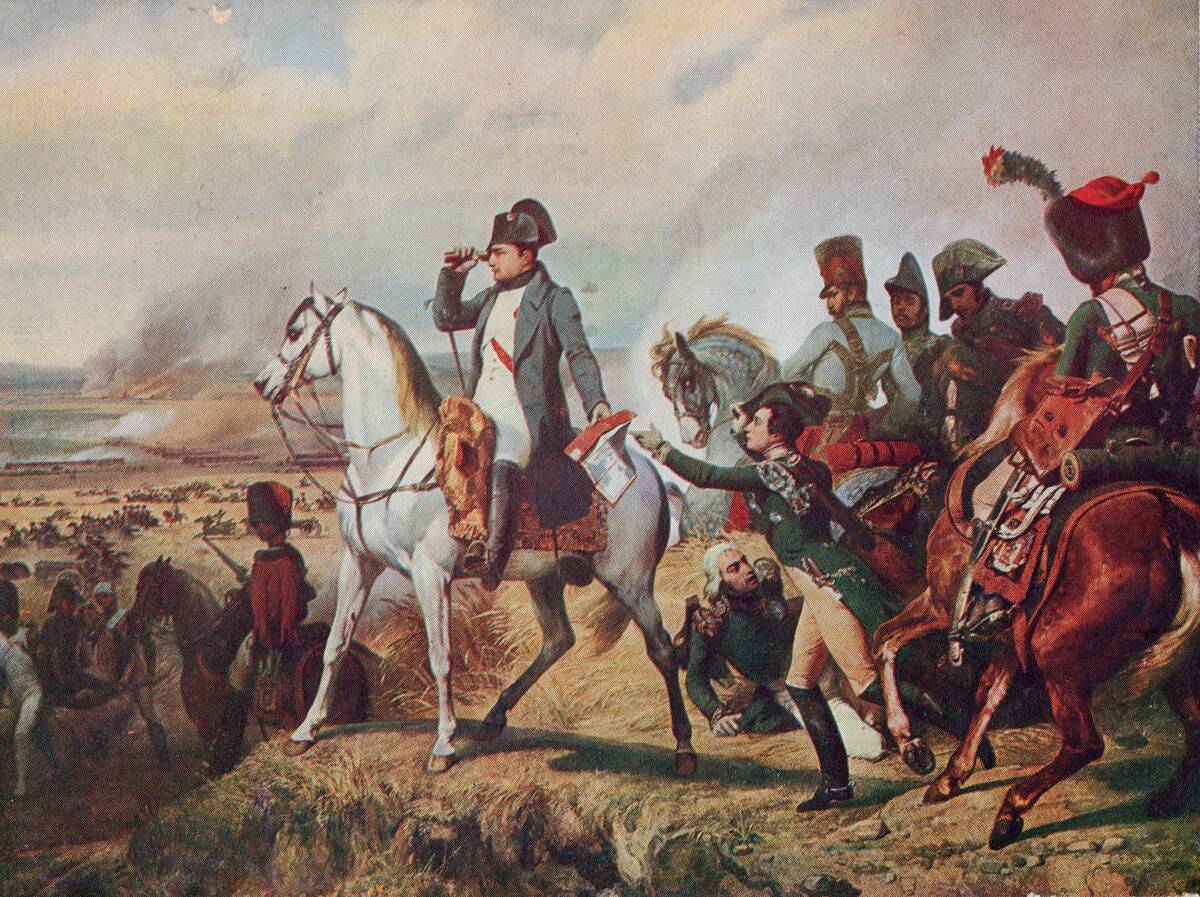
The concept of sniping stretches back centuries, with early examples seen in the American Revolutionary War and the Napoleonic Wars. These early marksmen were often hunters or frontiersmen with keen eyes and steady hands. They used rifled barrels to increase accuracy, setting the stage for future sniper developments.
As rifles evolved, so did tactics, laying the groundwork for the skilled snipers who would emerge in WWII. This long history highlights how sniping has been a persistent and evolving facet of military strategy.
The Evolution of Sniper Tactics During WWII
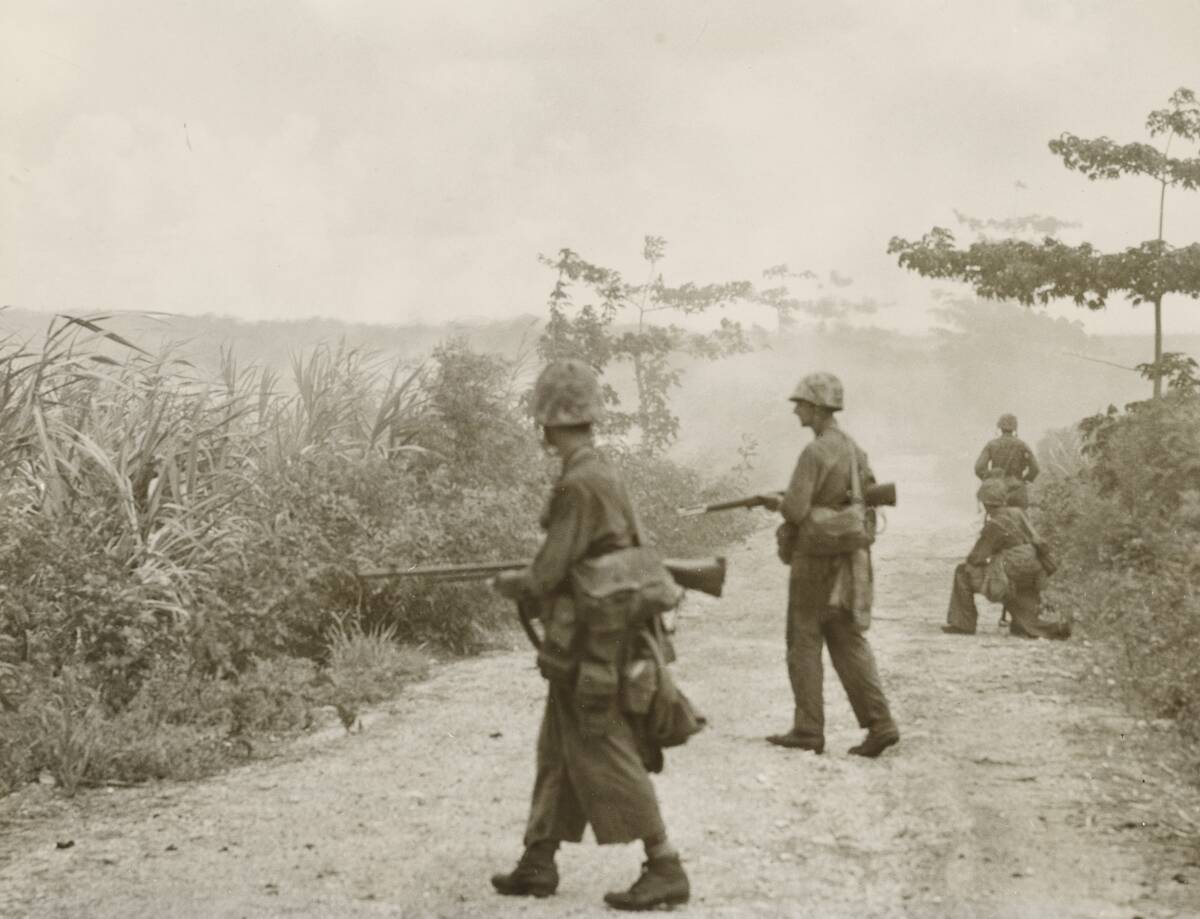
WWII saw significant development in sniper tactics, as armies recognized the need for specialized training. Snipers learned to work in pairs, with a spotter to assist in identifying targets and calculating distances. This collaboration enhanced accuracy and efficiency.
Additionally, snipers adapted to various environments, from urban settings to dense forests. They employed advanced techniques like patience and concealment to remain undetected. These tactical innovations made snipers a formidable presence on all fronts of the war.
Key Sniper Weapons of the Second World War
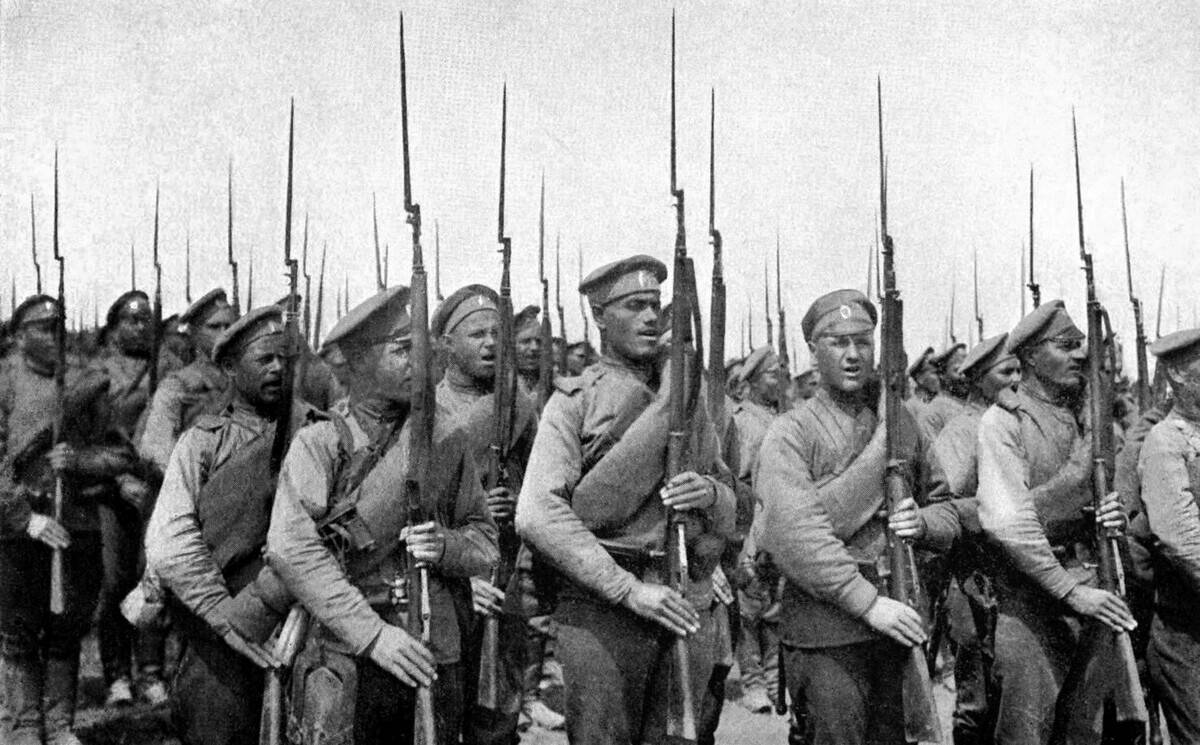
During WWII, various rifles became iconic in the hands of skilled snipers. The Soviet Mosin-Nagant, equipped with a PU scope, was renowned for its effectiveness at long ranges. Meanwhile, the German Karabiner 98k, fitted with a Zeiss scope, offered precision and reliability.
The American M1903 Springfield also proved to be a favored choice for its accuracy and range. These weapons were not just tools but extensions of the sniper’s skill, each contributing uniquely to the war’s sniper legacy.
Notable Sniper Units and Their Origins
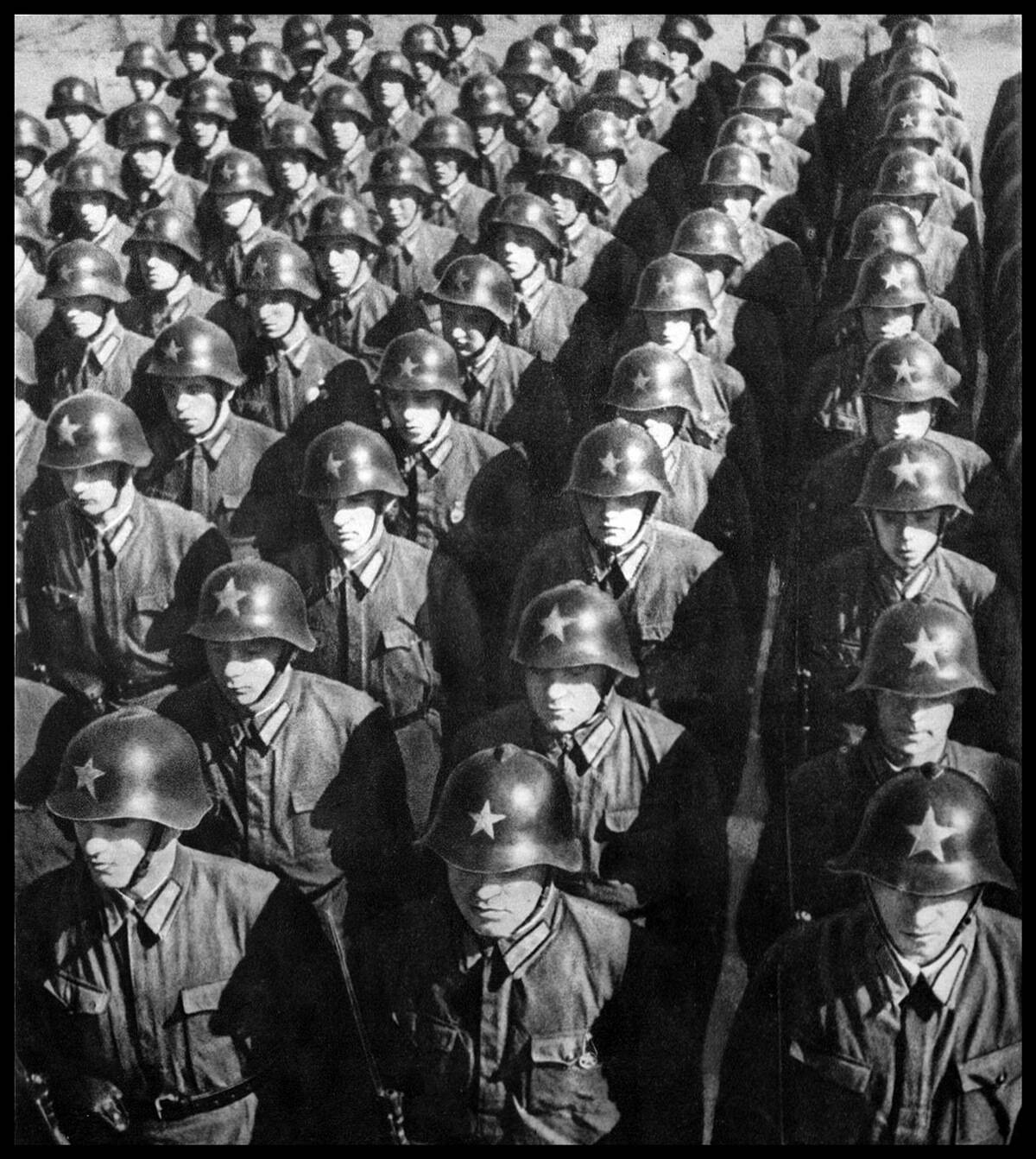
WWII featured several distinguished sniper units, each with unique origins and contributions. The Soviet Union’s Red Army formed specialized sniper brigades, drawing from their rich tradition of marksmanship. Germany’s Wehrmacht developed sniper schools to enhance their infantry’s effectiveness.
In the Pacific, the U.S. Marine Corps emphasized sniper skills in jungle warfare. These units were pivotal in their respective theaters, demonstrating the strategic value of well-trained snipers and their impact on overall military operations.
The Impact of Snipers on the Battlefield
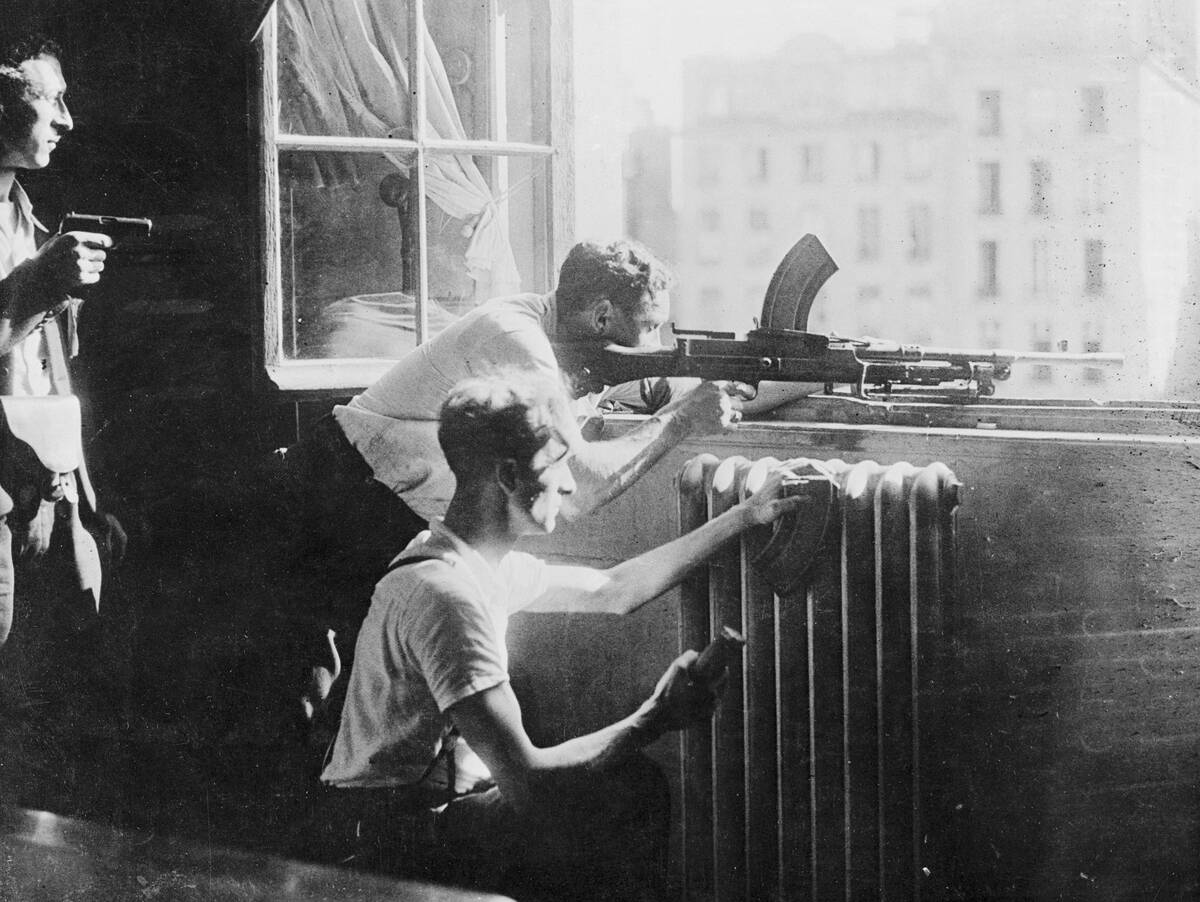
Snipers played a crucial role in shifting the dynamics of battlefield engagements during WWII. Their ability to incapacitate enemy leaders and disrupt operations created psychological and tactical advantages. Snipers could pin down entire units, forcing changes in enemy plans.
This influence extended beyond immediate casualties, as the presence of snipers instilled fear and caution among opposing forces. Their impact was a testament to the power of precision and the strategic advantage that skilled shooters brought to the war.
Famous Snipers and Their Stories
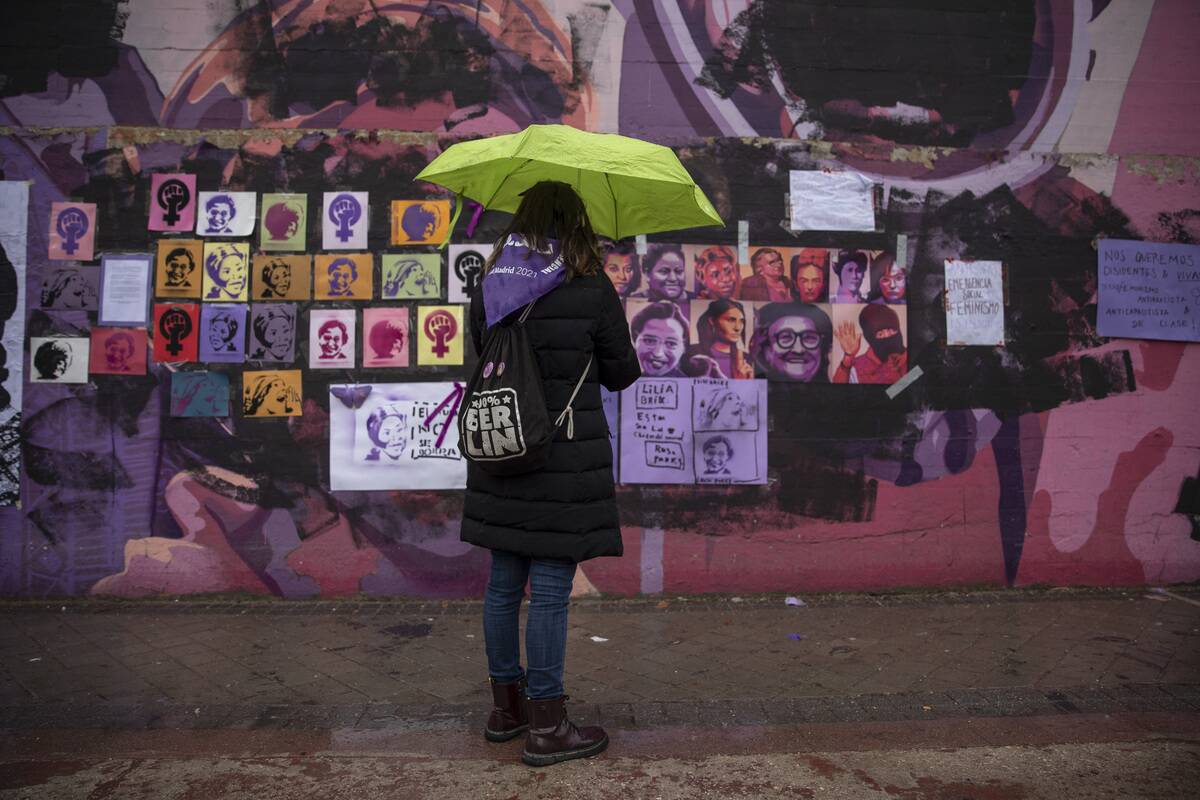
WWII’s snipers are remembered not just for their skills but for their incredible stories. Simo Häyhä, known as the ‘White Death,’ was a Finnish sniper credited with over 500 kills during the Winter War against the Soviet Union.
Lyudmila Pavlichenko, a Soviet sniper, became a national hero with 309 confirmed kills. Each story illustrates not only personal bravery and skill but also the larger narrative of how individual snipers could alter the course of battles and contribute significantly to their nation’s war efforts.
The Training and Selection of WWII Snipers

The selection and training of WWII snipers were rigorous, focusing on physical endurance and mental resilience. Candidates underwent extensive training in marksmanship, camouflage, and fieldcraft. They learned to operate independently, often behind enemy lines.
This comprehensive preparation was crucial, as snipers needed to make split-second decisions under pressure. The result was a cadre of elite soldiers who could execute their duties with precision and poise.
Sniper Camouflage and Stealth Techniques
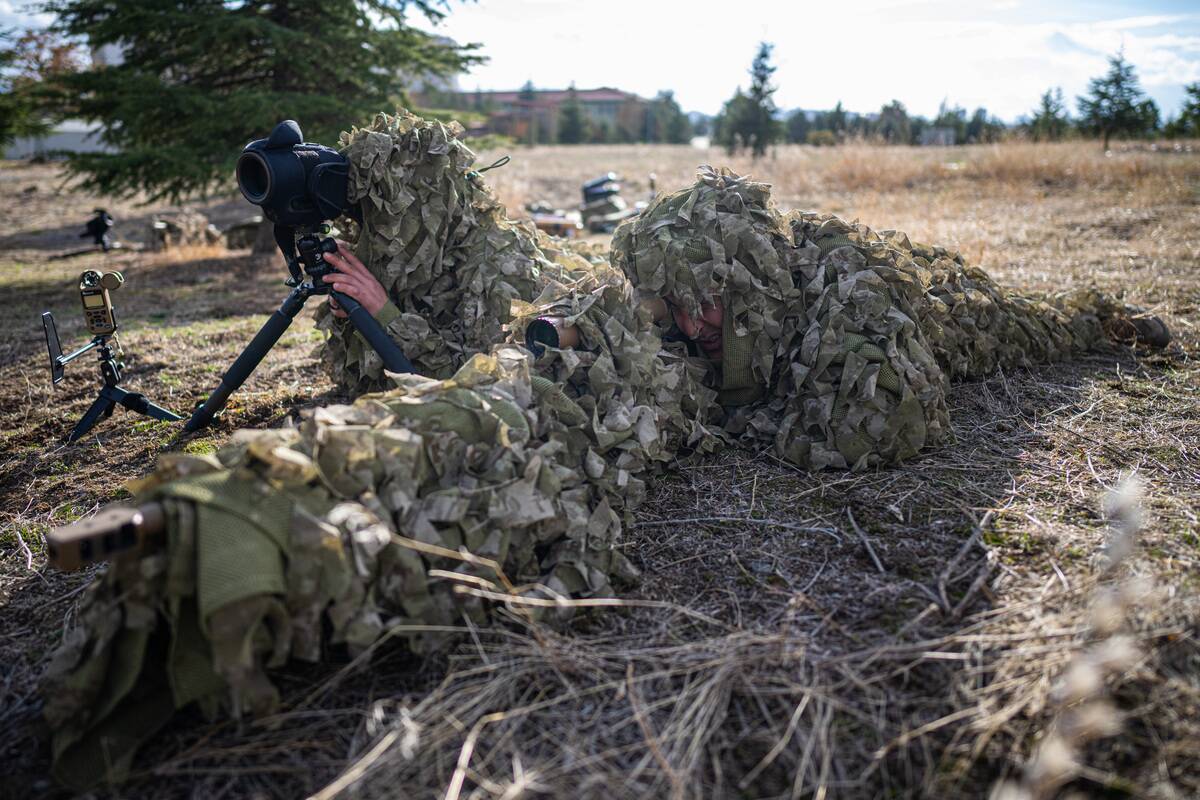
Stealth and camouflage were essential skills for WWII snipers, allowing them to remain undetected while stalking targets. Snipers used natural vegetation and handmade ghillie suits to blend into their surroundings. They mastered the art of slow, deliberate movement to avoid detection.
Techniques like using shadows and terrain for cover became second nature. This ability to vanish into the environment made snipers effective hunters, capable of waiting hours or days for the perfect shot without revealing their position.
Snipers in the Winter War: Finland’s Secret Weapon
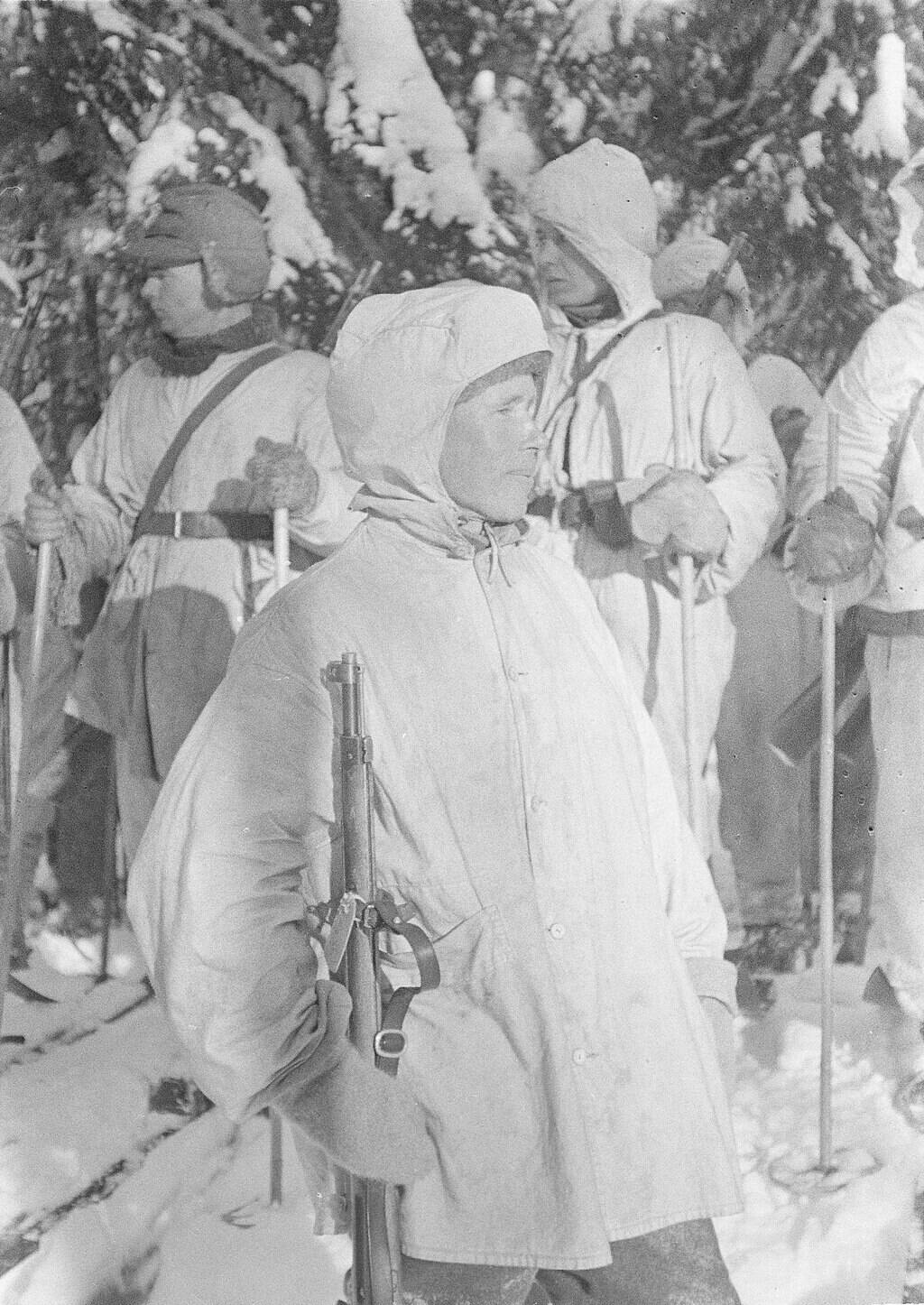
During the Winter War between Finland and the Soviet Union, Finnish snipers became a decisive factor. Utilizing their knowledge of the harsh winter terrain, they inflicted significant casualties on Soviet forces. Finnish marksmen like Simo Häyhä used white camouflage to blend into the snowy landscape, becoming nearly invisible.
Their effectiveness in this environment highlighted the importance of local knowledge and adaptability in sniper warfare. The Finnish snipers’ success was a key element in Finland’s defense strategy during the conflict.
The Soviet Union’s Elite Sniper Corps

The Soviet Union developed an elite sniper corps that became a powerful asset on the Eastern Front. These snipers were often deployed in pairs and trained extensively in urban and rural settings. Soviet snipers like Vasily Zaitsev gained fame during the Battle of Stalingrad, where their skills were crucial in countering German advances.
The program emphasized individual initiative and adaptability, producing snipers who were both feared and respected by their adversaries. Their legacy continued to influence Soviet military doctrine long after the war.
German Sniper Innovations and Strategies
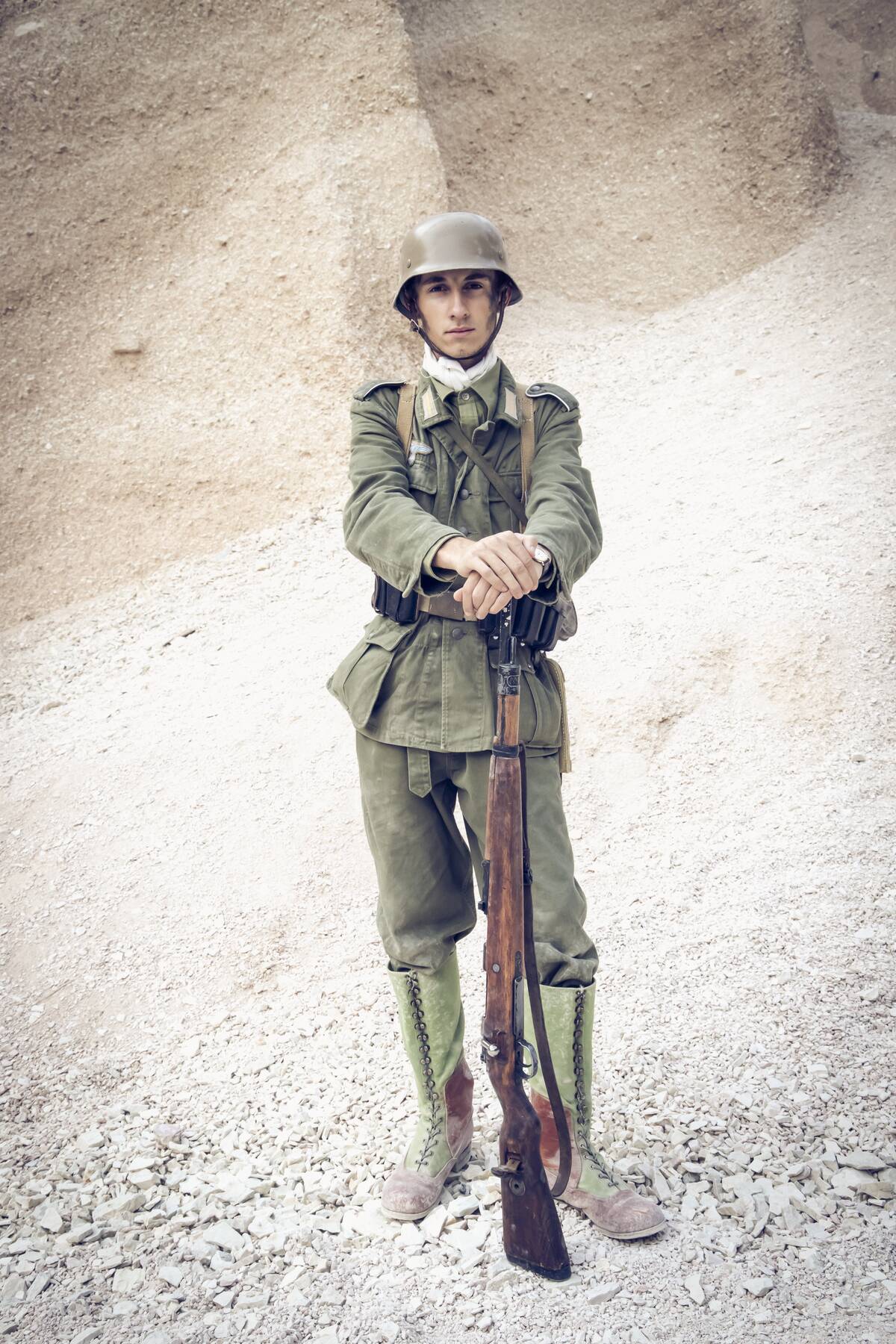
German snipers during WWII were known for their strategic innovations and effective use of technology. The Wehrmacht established specialized sniper schools, focusing on precision shooting and fieldcraft. German snipers often used advanced optics and rifles, such as the Kar98k, to enhance accuracy.
Their tactics included establishing sniper nests in strategic locations to control key battlefield areas. These innovations allowed German snipers to be highly effective in various combat scenarios, making them formidable opponents throughout the conflict.
The Role of Snipers in the Pacific Theater

In the Pacific Theater, snipers became invaluable in the dense jungles and challenging terrain. U.S. Marine and Army snipers adapted to the environment by using patience and stealth to outmaneuver Japanese forces.
They often operated in small teams, using the terrain to their advantage. Snipers played a crucial role in reconnaissance and targeted strikes against enemy positions. Their presence helped to level the playing field in difficult conditions, making them a key component of Allied strategy in the Pacific.
Women Snipers: Breaking Barriers in WWII
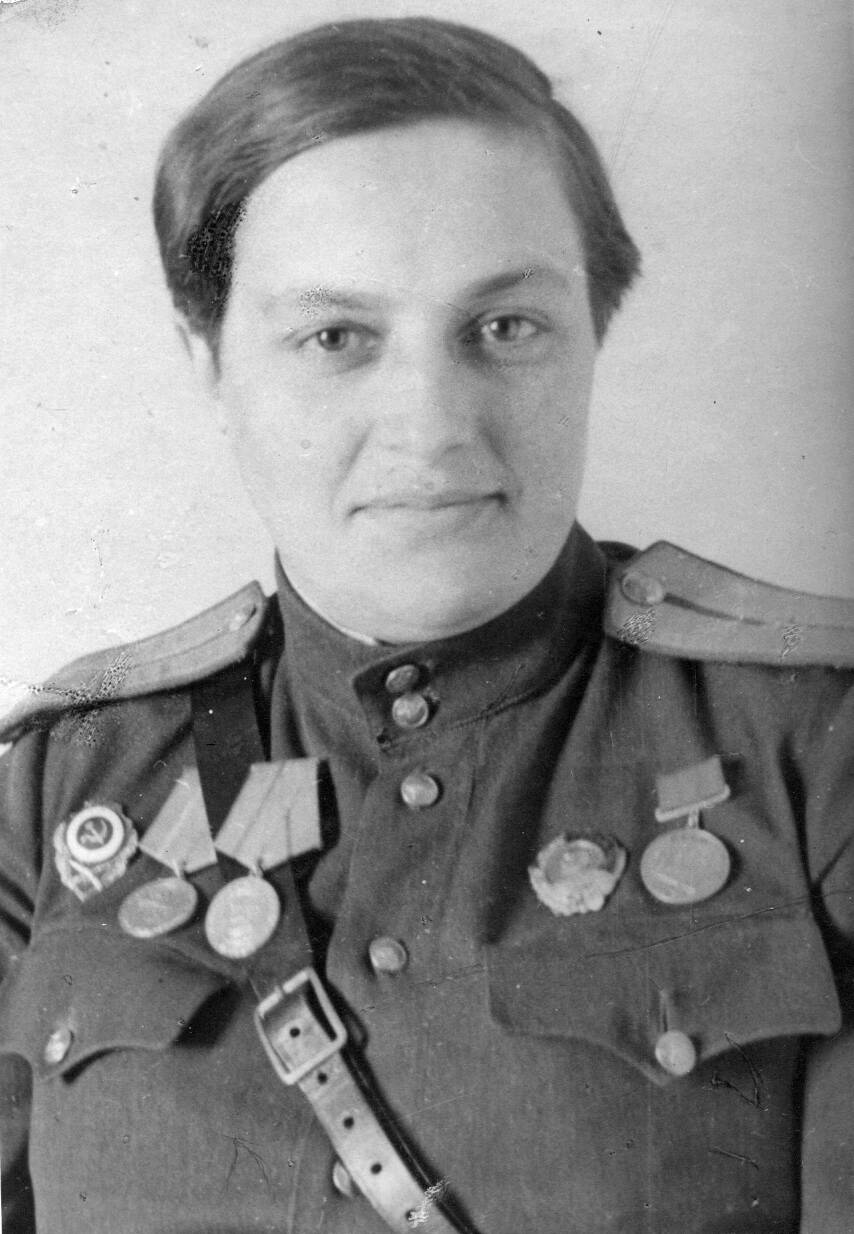
Women snipers in WWII broke significant barriers, proving their mettle in a male-dominated field. The Soviet Union, in particular, trained women as snipers, with figures like Lyudmila Pavlichenko achieving legendary status. These women exhibited exceptional skill and bravery, often surpassing their male counterparts.
Their inclusion challenged traditional gender roles and demonstrated that precision and courage knew no gender boundaries. The contributions of women snipers were vital to their nations’ war efforts and paved the way for future generations of female soldiers.



